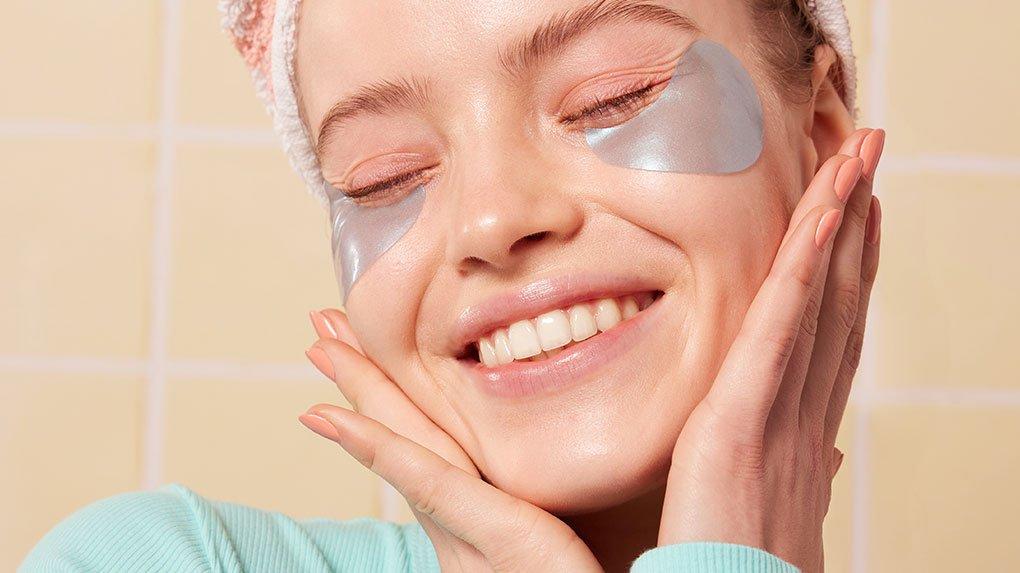How Often to Exfoliate Face: A Guide for Beauticians
As a beautician, you understand the importance of maintaining healthy, glowing skin for your clients. One of the key components in achieving this is exfoliation. However, knowing how often to exfoliate face can be a delicate balance. Too much exfoliation can lead to irritation, while too little can result in dull, clogged skin. In this comprehensive guide, we'll explore the best practices for facial exfoliation, helping you tailor your approach to different skin types and conditions.

The Importance of Exfoliation
Exfoliation is a critical step in any skincare routine. It involves removing the dead skin cells from the surface of the skin, promoting cell turnover, and revealing a fresher, brighter complexion. Regular exfoliation can help prevent clogged pores, reduce the appearance of fine lines, and improve the effectiveness of other skincare products.
For a detailed understanding of skincare routines, you might find this Vogue article insightful.
Determining the Right Frequency: Skin Type Matters
When advising clients on how often to exfoliate their face, it's essential to consider their skin type:
1. Oily Skin
Clients with oily skin often benefit from more frequent exfoliation, about 2-3 times a week. This helps to manage excess sebum production and prevent breakouts.
2. Dry or Sensitive Skin
For those with dry or sensitive skin, exfoliating once a week is usually sufficient. Over-exfoliation can strip the skin of its natural oils and lead to irritation.
3. Combination Skin
Clients with combination skin can exfoliate 1-2 times a week, focusing on the oilier areas, such as the T-zone.
Types of Exfoliants: Choosing the Right One
There are two main types of exfoliants: physical and chemical. Understanding the difference is key to recommending the best option for your clients.
Physical Exfoliants
These include scrubs and brushes that manually remove dead skin cells. They are suitable for clients looking for immediate results, but should be used gently to avoid micro-tears in the skin.
Chemical Exfoliants
Chemical exfoliants, such as AHAs and BHAs, dissolve dead skin cells without abrasive action. They are ideal for sensitive skin and can be used more consistently for gradual results.
Learn more about different exfoliation methods in this LIVANA Natural blog.
Signs of Over-Exfoliation
It's crucial to educate your clients about the signs of over-exfoliation, which include redness, irritation, increased sensitivity, and breakouts. Encourage them to listen to their skin and adjust their exfoliation routine as needed.
Integrating Exfoliation into a Skincare Routine
Exfoliation should be part of a balanced skincare routine. It works best when followed by hydration and protection. Suggest your clients to moisturize after exfoliating and always apply sunscreen, as exfoliated skin can be more susceptible to UV damage.
For more tips on creating a balanced skincare routine, visit this Boots guide.
Exfoliation for Specific Skin Concerns
As a beautician, you might encounter clients with specific skin concerns like acne, hyperpigmentation, or aging skin. Tailoring exfoliation techniques to these conditions can enhance results:
1. Acne-Prone Skin
For acne-prone skin, chemical exfoliants with salicylic acid can help unclog pores and reduce breakouts.
2. Hyperpigmentation
Clients with hyperpigmentation may benefit from exfoliants containing glycolic acid, which can lighten dark spots over time.
3. Aging Skin
Exfoliating aging skin enhances cell turnover and collagen production. Recommend gentle exfoliants to avoid irritation.

FAQ
How can I tell if my client is over-exfoliating?
Look for signs such as increased redness, sensitivity, and breakouts. Advise your clients to reduce frequency if these occur.
Can exfoliation help with skin texture?
Yes, regular exfoliation can improve skin texture by smoothing out rough patches and promoting even skin tone.
Is there a best time to exfoliate?
Exfoliation can be done in the morning or evening, but it's crucial to follow with sun protection if done in the morning.
For more insights on the importance of skin health, read this LIVANA Natural article.
By understanding the nuances of how often to exfoliate face and tailoring your advice to each client's unique needs, you can help them achieve their best skin yet. Remember, exfoliation is not a one-size-fits-all process, and as a beautician, your expertise can guide your clients toward radiant, healthy skin.
This article contains affiliate links. We may earn a commission at no extra cost to you.

